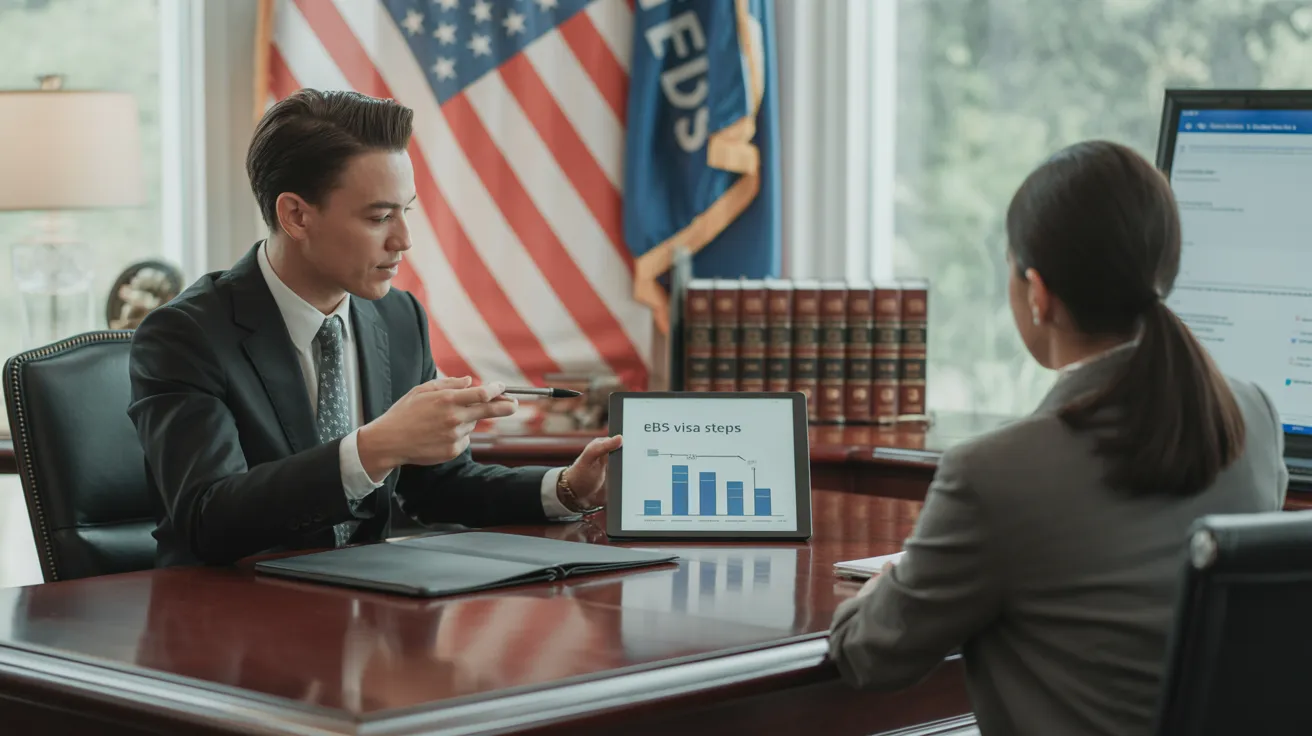A Biased View of L1 Visa
Table of ContentsSome Of L1 VisaOur L1 Visa DiariesFascination About L1 VisaGetting My L1 copyright WorkExamine This Report about L1 VisaThe Ultimate Guide To L1 Visa
Offered from ProQuest Dissertations & Theses International; Social Science Premium Collection. (2074816399). (PDF). Congress. (PDF). DHS Office of the Assessor General. (PDF). (PDF). "Nonimmigrant Visa Stats". Obtained 2023-03-26. Department of Homeland Security Office of the Assessor General, "Review of Vulnerabilities and Possible Abuses of the L-1 Visa Program," "A Mainframe-Size Visa Loophole".
U.S. Division of State. Retrieved 2023-02-08. Tamen, Joan Fleischer (August 10, 2013).
L1 Visa for Dummies
In order to be eligible for the L-1 visa, the foreign company abroad where the Recipient was employed and the united state company should have a qualifying relationship at the time of the transfer. The various sorts of qualifying partnerships are: 1. Parent-Subsidiary: The Moms and dad indicates a company, corporation, or other lawful entity which has subsidiaries that it has and regulates."Subsidiary" suggests a firm, firm, or various other legal entity of which a parent owns, directly or indirectly, greater than 50% of the entity, OR has less than 50% yet has monitoring control of the entity.
Instance 1: Business A is incorporated in France and uses the Recipient. Business B is included in the U.S. and intends to request the Recipient. Firm A has 100% of the shares of Firm B.Company A is the Parent and Business B is a subsidiary. For that reason there is a certifying partnership between both firms and Company B ought to be able to sponsor the Beneficiary.
Business An owns 40% of Firm B. The remaining 60% is had and managed by Firm C, which has no relation to Business A.Since Business A and B do not have a parent-subsidiary partnership, Firm A can not sponsor the Beneficiary for L-1.
Instance 3: Business A is included in the united state and intends to petition the Recipient. Firm B is incorporated in Indonesia and uses the Recipient. Business A has 40% of Business B. The remaining 60% is had by Company C, which has no connection to Firm A. Nevertheless, Business A, by official agreement, controls and full manages Firm B.Since Business An owns much less than 50% of Firm B yet manages and controls the firm, there is a certifying parent-subsidiary partnership and Firm A can sponsor the Beneficiary for L-1.
A Biased View of L1 Visa
Firm B is included in the U.S.
L1 Visa Things To Know Before You Get This
/f/84976/1003x1003/0d3a5ff0ea/l1a-visa_-everything-you-should-know-index.png)
The L-1 visa is an employment-based visa category established by Congress in 1970, enabling international firms to transfer their managers, execs, or essential personnel to their U.S. operations. It is frequently referred to as the intracompany transferee visa.

Additionally, the recipient has to have functioned in a supervisory, executive, or specialized employee placement for one year within the 3 years coming before the L-1A application in the foreign company. For new L1 Visa attorney office applications, foreign employment L1 Visa attorney should have been in a supervisory or executive capability if the recipient is pertaining to the USA to function as a supervisor or exec.
4 Simple Techniques For L1 Visa

If granted for an U.S. business operational for more than one year, the preliminary L-1B visa is for up to three years and can be expanded for an added 2 years (L1 Visa). Alternatively, if the united state company is freshly developed or has actually been operational for less than one year, the first L-1B visa is provided for one year, with extensions readily available in two-year increments
The L-1 visa is an employment-based visa group developed by Congress in 1970, enabling multinational companies to transfer their supervisors, executives, or vital workers to their united state procedures. It is generally referred to as the intracompany transferee visa. There are 2 major sorts of L-1 visas: L-1A and L-1B. These kinds are appropriate for staff members employed in different settings within a business.
The 5-Minute Rule for L1 Visa
Additionally, the beneficiary should have worked in a supervisory, exec, or specialized employee position for one year within the 3 years preceding the L-1A application in the read more foreign company. For brand-new office applications, international work has to have remained in a supervisory or executive capacity if the beneficiary is involving the United States to function as a supervisor or executive.
for approximately 7 years to oversee the operations of the U.S. affiliate as an exec or manager. If issued for an U.S. business that has been operational for greater than one year, the L-1A visa is initially provided for as much as 3 years and can be prolonged in two-year increments.
If granted for a united state firm operational for even more than one year, the first L-1B visa is for up to 3 years and can be extended for an added two years. On the other hand, if the U.S. company is recently developed or has actually been functional for less than one year, the initial L-1B visa is released for one year, with expansions readily available in two-year increments.